Ghawr as-Safi Sugar Mills
This millennium-old site reflects a time when sugar was a treasured commodity.
When you visit the archaeological site Tawahin es-Sukkar, or “sugar mills” in Arabic, you’re seeing the well-preserved remains of an industrial site that once had an economic importance roughly comparable to Henry Ford’s Michigan car factories.
Investigations of the site, located near the Jordanian town of Ghawr as-Safi and the Dead Sea, suggest the presence of human settlement over different historical eras, and the surrounding area has been inhabited for thousands of years. The sugar mills, though, are the most notable archaeological feature. They date back to the 11th century, when sugar became a “cash crop” of the southern Levant.
The factory at the site includes an eastern and western pressing room and a penstock used for irrigation and water-resource management. In a nearby building, workers boiled the raw sugar cane to make refined sugar, something researchers deduced from sugar fragment evidence displayed at the site.
Scholars believe the mill was the largest of dozens that dotted the area and significantly scaled up the production of sugar. In earlier times, sweetness was a rarity, found in seasonal fruits or honey. In the Middle East, sugarcane from Polynesia and Southeast Asia was, for the first time, mass-produced into sugar and traded around the world. (In Europe, returning crusaders brought back a taste for the Middle East’s sweet treats.) Only much later did sugar become commonplace enough that stores would provide packets of it for free. For centuries, it was the major economic activity of this area.
Since 2014, conservation work at Tawahin as-Sukkar has aimed to protect the site and make it accessible to visitors.
Know Before You Go
Ghawr as-Safi also houses the Museum at the Lowest Place on Earth, which is a reference to the Dead Sea and the area’s record-low elevation. It displays many archaeological discoveries from the area.

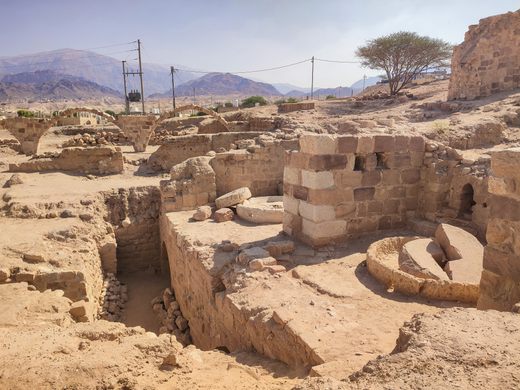
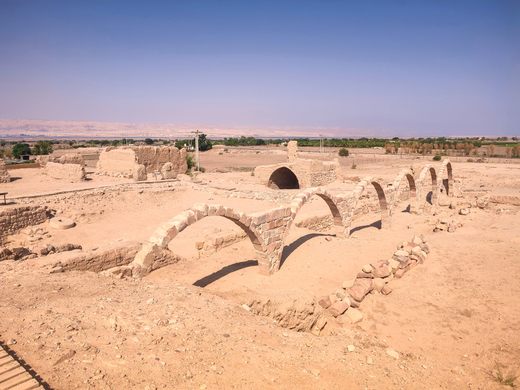
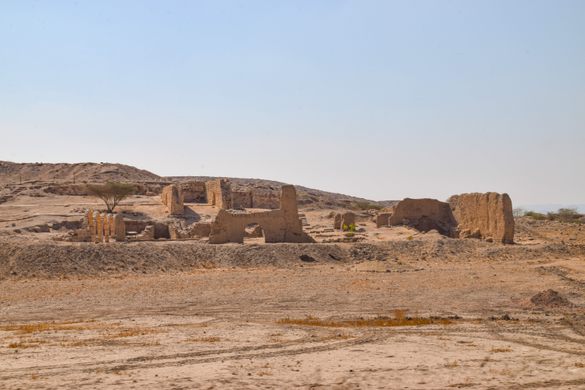



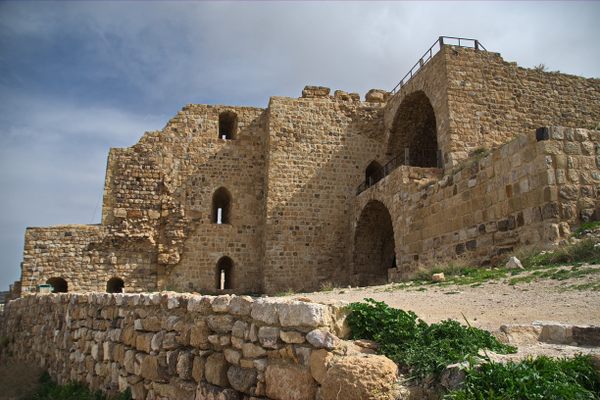

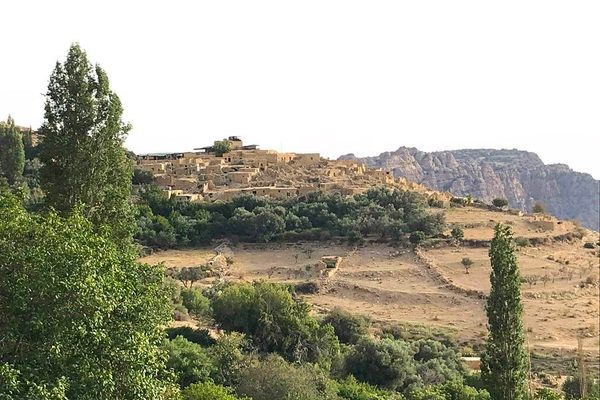
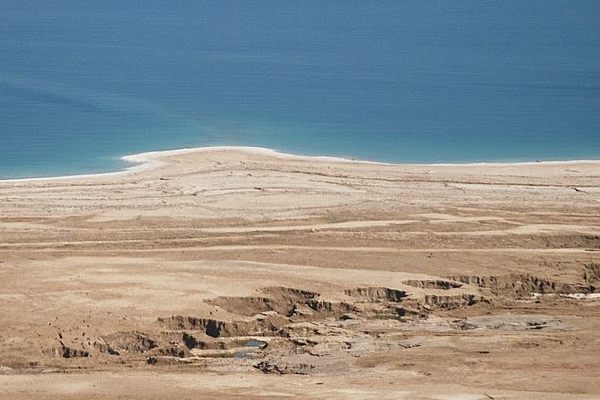

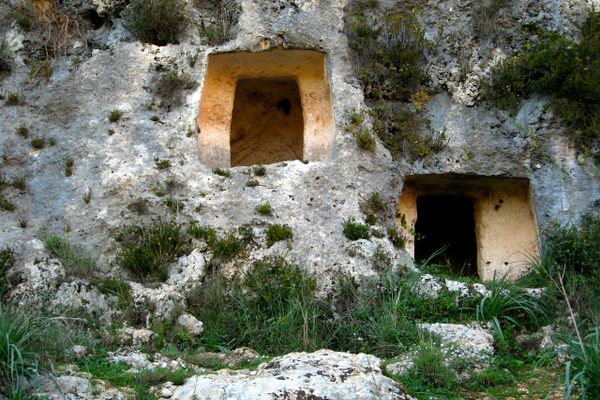
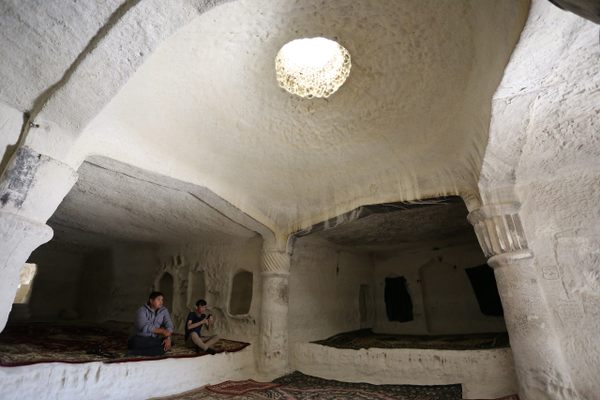


Follow us on Twitter to get the latest on the world's hidden wonders.
Like us on Facebook to get the latest on the world's hidden wonders.
Follow us on Twitter Like us on Facebook